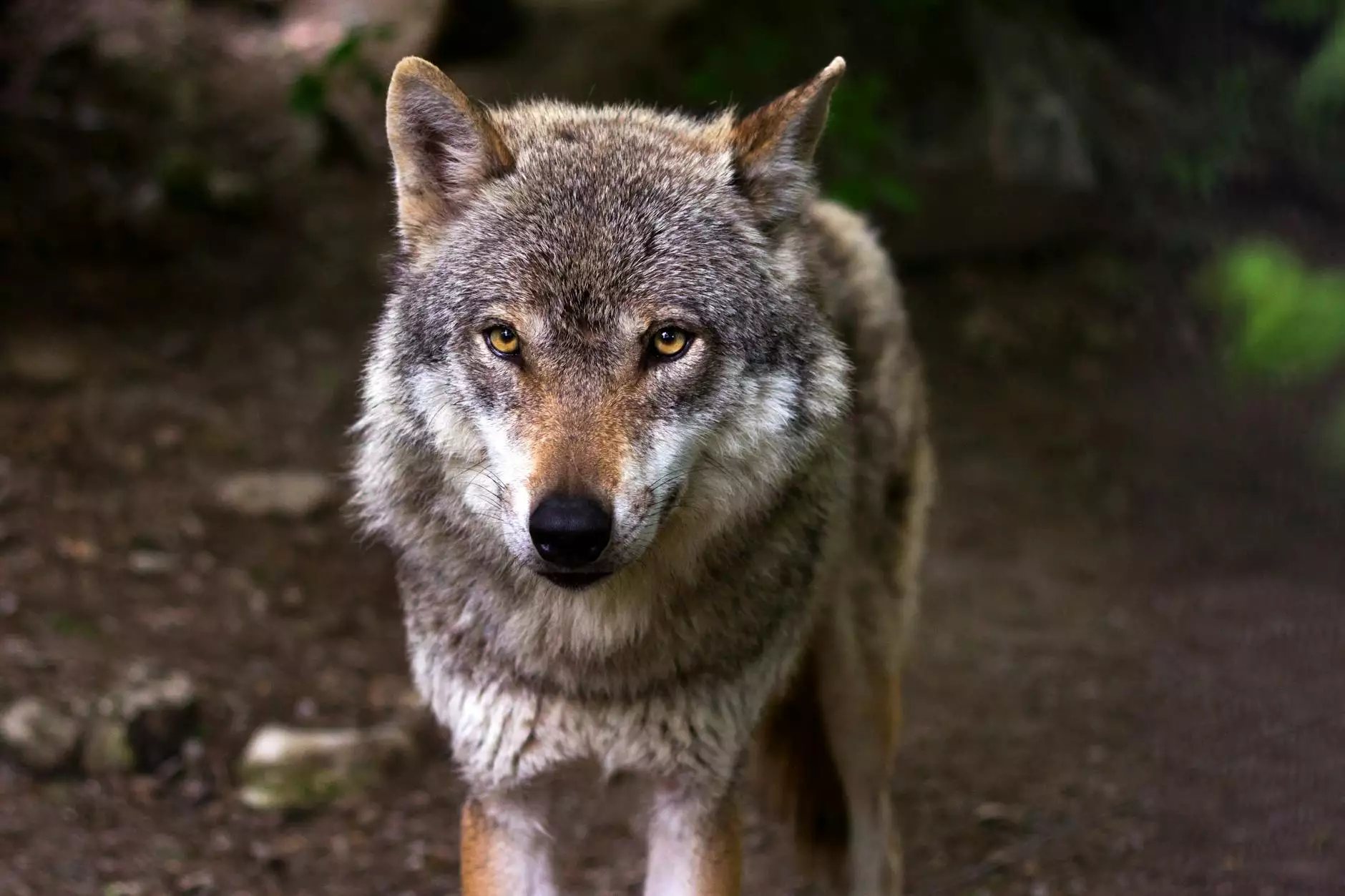Q&A: How the Wolves' Return Enhances Biodiversity
News
The Importance of Wolves in Biodiversity Conservation
In the realm of biodiversity conservation, the return of wolves to ecosystems has garnered much attention and sparked numerous discussions. This Q&A session aims to shed light on how the presence of wolves positively impacts biodiversity and promotes a healthier ecosystem.
Understanding Trophic Cascades
Wolves, as apex predators, play a crucial role in maintaining balance within ecosystems. Their presence triggers a phenomenon known as trophic cascades, which refers to the ripple effect that occurs throughout the food chain with the reintroduction of a top-level predator.
Trophic cascades occur when wolves, as predators, regulate the population of herbivores such as deer and elk. By naturally managing these herbivore populations, wolves prevent overgrazing, allowing vegetation to thrive. Consequently, this benefits a wide range of species, from smaller mammals to songbirds, by providing them with ample food sources and suitable habitats.
Regulating Prey Populations
One of the significant benefits of wolves in enhancing biodiversity is their effectiveness in regulating prey populations. As wolves prey on weaker and older individuals, they act as a natural selection force, targeting individuals less fit to survive. This natural selection results in healthier prey populations, as only the fittest individuals survive and reproduce.
With a healthier prey population, other species dependent on the same resources also benefit. For example, when wolves control the population of herbivores, it prevents overbrowsing of vegetation, preserving the diversity of plant species and benefiting animals like beavers that rely on specific plants for building their habitats.
Ecosystem Engineering and Habitat Modification
Wolves, through their hunting behavior, act as ecosystem engineers and influence habitat modification. Their presence affects prey behavior, which in turn affects their habitat selection and movement patterns. Such indirect effects help restore the natural balance in ecosystems that may have been disrupted in the absence of wolves.
For instance, when wolves exert predation pressure on herbivore populations, it limits their impact on sensitive habitats, such as riparian areas. This allows for natural regeneration of vegetation and the restoration of critical habitats for fish, amphibians, and other aquatic species.
Positive Impacts on Species Diversity
The return of wolves brings about a cascade of positive impacts on species diversity, not only benefiting individual species but also promoting overall ecosystem health. Let's explore these impacts:
Species Richness
Wolves' presence in an ecosystem positively affects species richness, as they control herbivore population densities, preventing overgrazing. By reducing competition for resources, wolves enable a greater number of species to coexist, increasing the overall biodiversity in the area.
Keystone Species Preservation
Wolves, as keystone species, occupy a central role in shaping ecosystems. They have disproportionate effects on community structure and function, exerting control over both predator and prey species. By maintaining a balanced predator-prey relationship, wolves ensure the preservation of other keystone species, impacting the entire ecosystem positively.
Plant Community Dynamics
Wolves' presence indirectly affects plant communities by regulating herbivore populations. This influence results in diversified plant communities, benefiting both carnivorous and herbivorous species. As plant species diversity increases, it provides suitable habitats for a broader range of organisms, from insects to nesting birds.
The Wolves' Return: A Success Story in Biodiversity Conservation
The reintroduction of wolves in various regions has seen remarkable success in terms of biodiversity conservation. Let's explore some notable examples:
Yellowstone National Park
The reintroduction of wolves in Yellowstone National Park in 1995 is celebrated as one of the greatest wildlife conservation success stories. Within a short span, the wolves had profound effects on the ecosystem, regulating elk populations and allowing for the recovery of vegetation, including aspen and willow trees. As the vegetation rebounded, it facilitated the return of beavers, songbirds, and other species, showcasing the far-reaching benefits of wolves in restoring biodiversity.
European Context
In various parts of Europe, including countries like Italy and Spain, efforts to reintroduce and protect wolf populations have also yielded positive outcomes. Wolves' presence has proven to be pivotal in the conservation of local flora and fauna, including the preservation of endangered species such as the Iberian lynx.
Conclusion
The wolves' return to ecosystems has proven to be a significant driver in enhancing biodiversity and promoting a healthier environment. Through trophic cascades, prey population regulation, ecosystem engineering, and positive impacts on species diversity, wolves play a critical role in maintaining the delicate balance of ecosystems. By understanding the importance of wolves in biodiversity conservation, we can advocate for their protection and continue to witness the profound effects they have on our natural world.










